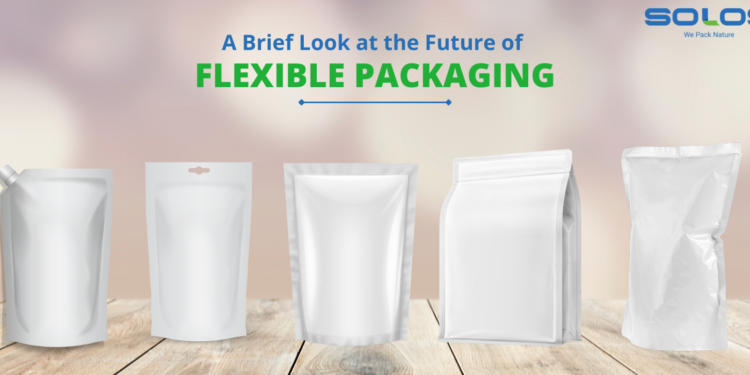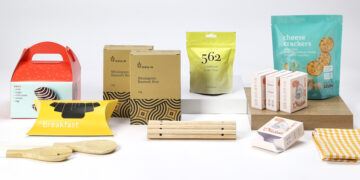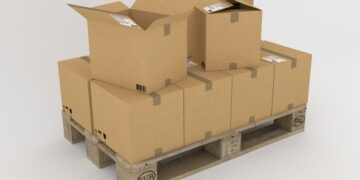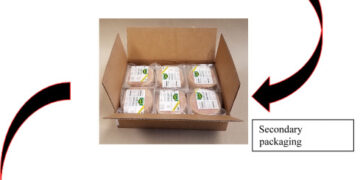Flexible packaging
Flexible packaging has been growing rapidly in popularity in recent years. It is a type of packaging that is made of flexible materials such as plastic films, paper, and aluminum foils, which can be easily shaped and molded to fit a product’s shape. This type of packaging is popular due to its lightweight nature, ease of use, and cost-effectiveness. Moreover, It provides excellent barrier properties against moisture, light, and air, which is important for preserving the quality and freshness of the products. In this article, we will discuss the future of flexible packaging and its impact on the packaging industry.
The global flexible packaging market is expected to grow at a CAGR of 4.5% from 2021 to 2026, according to a report by Market sand Markets. The report also states that the market size is expected to reach USD 299.76 billion by 2026. The growth of flexible packaging can be attributed to several factors, including increasing demand for convenience food, growing urbanization, rising disposable income, and the need for sustainable packaging solutions.
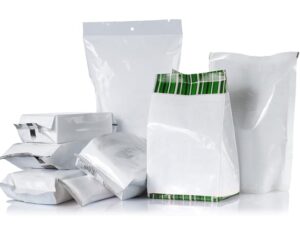
One of the key drivers of the growth of flexible packaging is the increasing demand for convenience food. As consumers become more time-conscious, they prefer food that is easy to prepare and consume. It provides a convenient solution for this demand as it can be easily opened, closed, and resealed. This type of packaging is also popular among consumers who prefer to snack on-the-go, as it is portable and lightweight.
Another factor driving the growth of flexible packaging is the increasing urbanization. As more people move to cities, the demand for packaged products increases. It is an ideal solution for urban consumers as it takes up less space, is lightweight, and easy to transport. This type of packaging is also popular among e-commerce companies, which require packaging that is lightweight, durable, and cost-effective for shipping.
Furthermore, the rising disposable income of consumers has led to an increase in the demand for premium products. Flexible packaging provides an excellent solution for premium products as it can be printed with high-quality graphics, giving a premium look and feel to the product. This type of packaging is popular in the food, beverage, and personal care industries, where consumers are willing to pay a premium for high-quality products.
Another important factor driving the growth of packaging is the need for sustainable packaging solutions. As consumers become more environmentally conscious, they are looking for packaging solutions that are sustainable and eco-friendly. Flexible packaging provides an excellent solution for this demand as it is lightweight, uses fewer materials, and is recyclable. Furthermore, flexible packaging can be made from bio-based materials such as bioplastics, which are derived from renewable sources such as corn starch or sugarcane. Bioplastics are biodegradable, compostable, and can reduce the carbon footprint of the packaging.
The future of flexible packaging looks bright, with new technologies and innovations driving growth in the industry. One of the key trends in flexible packaging is the use of intelligent packaging solutions. Intelligent packaging refers to packaging that can monitor the condition of the product, such as temperature, humidity, and freshness. This type of packaging can also provide information to the consumer, such as cooking instructions or nutritional information. Intelligent packaging can improve the quality and safety of the product, as well as enhance the consumer experience.
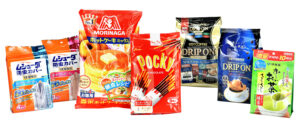
Another important trend in flexible packaging is the use of digital printing technology. Digital printing allows for high-quality printing of graphics and text on flexible packaging, which can improve the visual appeal of the product. Furthermore, digital printing allows for shorter print runs, which can reduce waste and increase flexibility in packaging design.
The development of new materials is also driving growth in the flexible packaging industry. For example, the use of nanotechnology in packaging can improve the barrier properties of the packaging, reducing the need for additional layers and increasing the shelf life of the product. Nanotechnology can also be used to create active packaging, which can release antimicrobial agents or oxygen scavengers, further improving the quality and safety of the product.
In addition, the development of biodegradable and compostable materials is also a key trend in the flexible packaging industry. Biodegradable materials can decompose naturally in the environment, reducing the impact of packaging waste on the environment. Compostable materials can be broken down into organic matter through a natural process, which can be used as fertilizer. The use of biodegradable and compostable materials in flexible packaging can reduce the amount of plastic waste in the environment and improve sustainability.
However, there are also some challenges facing the packaging industry. One of the key challenges is the recycling of flexible packaging. Flexible packaging is often made of multi-layered materials, which can be difficult to separate and recycle. Furthermore, flexible packaging is often contaminated with food or other materials, which can make it difficult to recycle. The development of new recycling technologies and processes is necessary to improve the recyclability of flexible packaging.
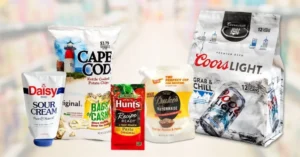
Another challenge facing the flexible packaging industry is the need for more sustainable production processes. The production of flexible packaging requires a significant amount of energy and resources, which can contribute to greenhouse gas emissions and environmental impact. The development of more sustainable production processes, such as the use of renewable energy sources and the reduction of waste and emissions, is necessary to improve the sustainability of the industry.
Conclusion
In conclusion, the future of flexible packaging is bright, with new technologies and innovations driving growth in the industry. The increasing demand for convenience food, rising urbanization, and the need for sustainable packaging solutions are driving the growth of flexible packaging. The use of intelligent packaging solutions, digital printing technology, and new materials such as nanotechnology and biodegradable materials are key trends in the flexible packaging industry.
However, the industry also faces challenges such as the recycling of flexible packaging and the need for more sustainable production processes. With continued innovation and development, the flexible packaging industry can continue to provide cost-effective and sustainable solutions for packaging products.

